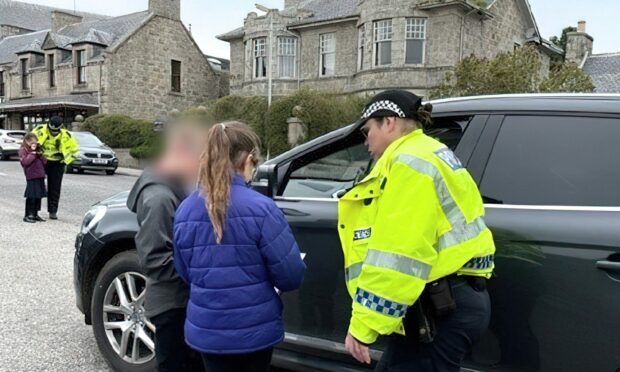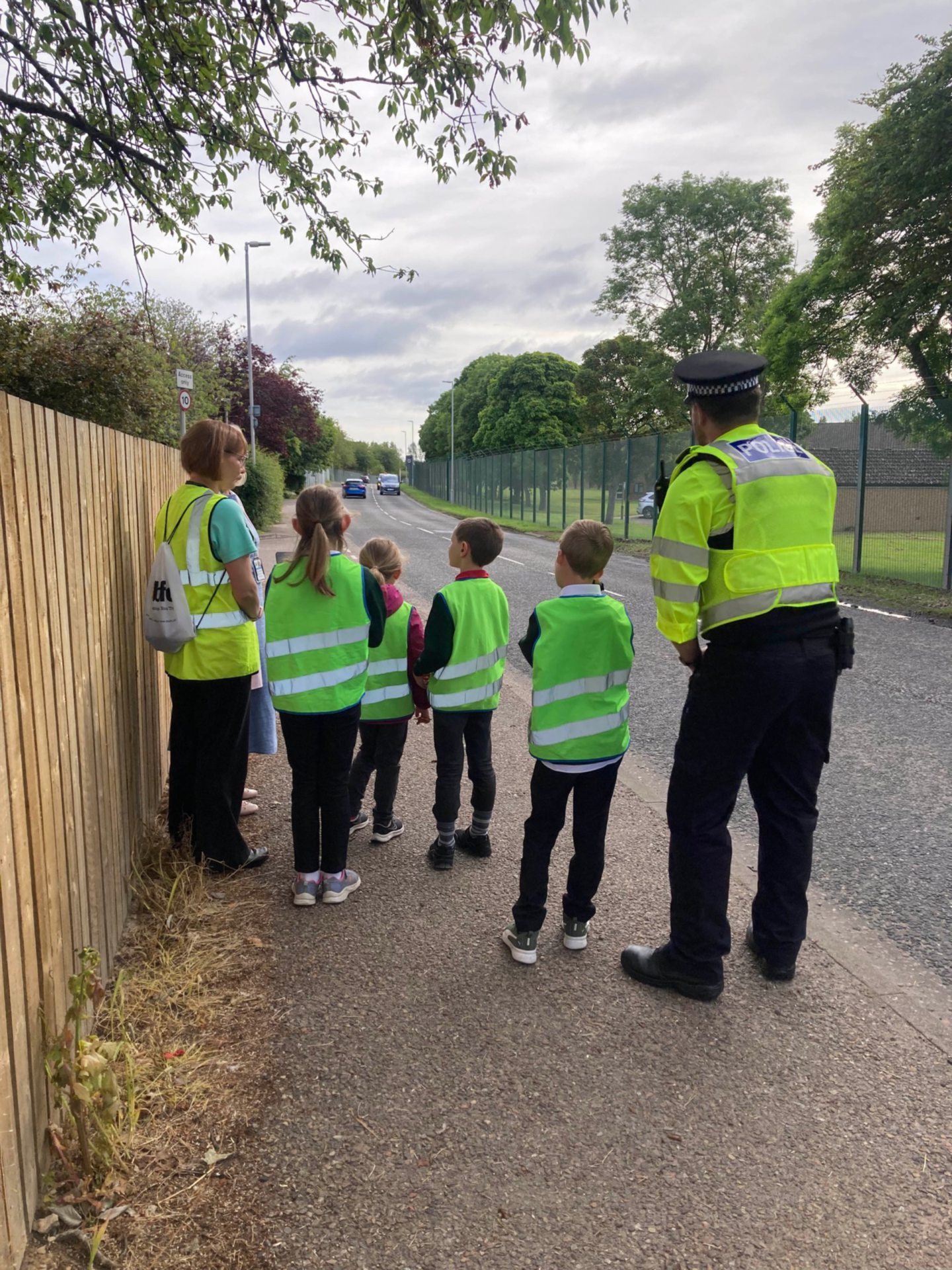One of the most common complaints received by North East Division is in relation to speeding near primary schools.
Safety in and around our schools is absolutely paramount and we are always trying to find new ways to educate drivers on the importance of sticking to the limit when near pupils, parents and staff.
Earlier this year we launched Junior Cop, an initiative which involves school communities and Police Scotland coming together to explore creative ways of getting the message across that speeding and poor driving at pick-up and drop-off times put people at risk.
The main aim is to provide a powerful visible presence at the roadside, with police officers and school pupils standing side-by-side carrying out speed checks in the area.
So far, the children we have teamed up with have had a great time using the speed gun and when drivers are detected travelling over the limit, the officer in charge will direct the driver to a safe space.
The children then get to take over with pre-approved questions which almost always goes to plan, however when working with children you always need to expect the unexpected
The final question they ask is: “how would you feel if you hit me or one of my friends?”, which has proved to be extremely emotive.
One driver had to take a minute to compose themselves as they were overcome at the realisation that they could have hit a child and potentially killed or left them with life-changing injuries.
Further education in the form of letters, written by some of the pupils, can also be sent to those who have been stopped.
All the children see Junior Cop as a great opportunity to have a shot of equipment and to pretend to be a police officer for the day, however, the initiative is so much more than that and aims to provide longer-term solutions.
The presence of school children is extremely impactive
It gives our officers an invaluable opportunity to discuss safe driving with young people and why speed limits are set, conversations which are often taken back to the classroom and home to parents or guardians.
The feedback from drivers has also been extremely positive and the vast majority have been fully supportive.
They say the presence of school children is extremely impactive and gives them a chance to seriously reflect on their driving habits.
Junior Cop was initially launched in Aberdeenshire and was so successful that it was rolled out into Aberdeen, with local policing officers in the city working alongside several schools.
We post updates on our social media regularly about where we have been, so keep an eye on North East Division’s Facebook account for more information.
We would like to thank all the staff and pupils we have worked with for your cooperation and enthusiasm – this is partnership working at its best. We would also like to thank all the motorists who have positively engaged with us so far.

